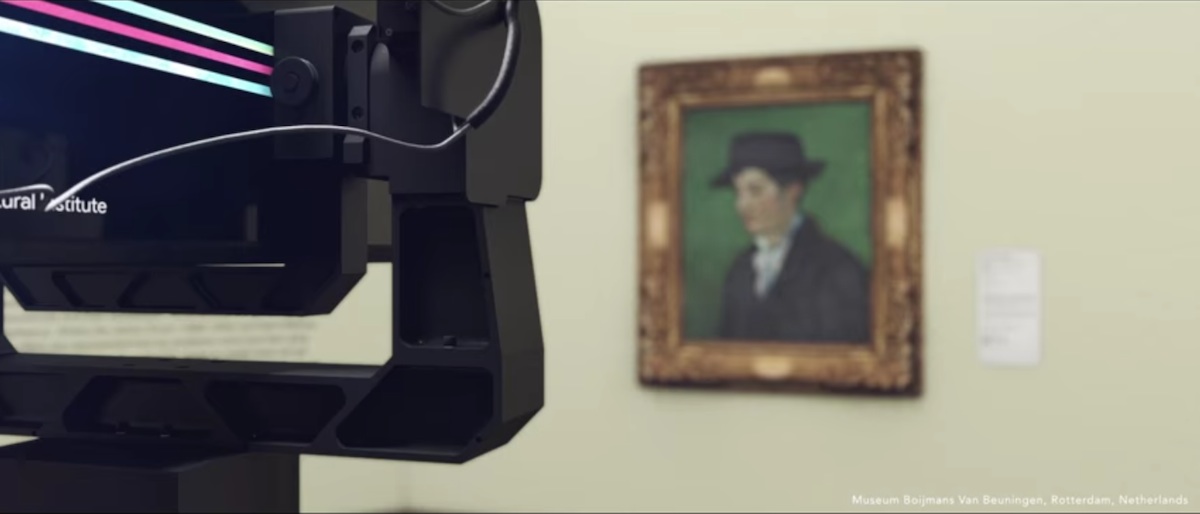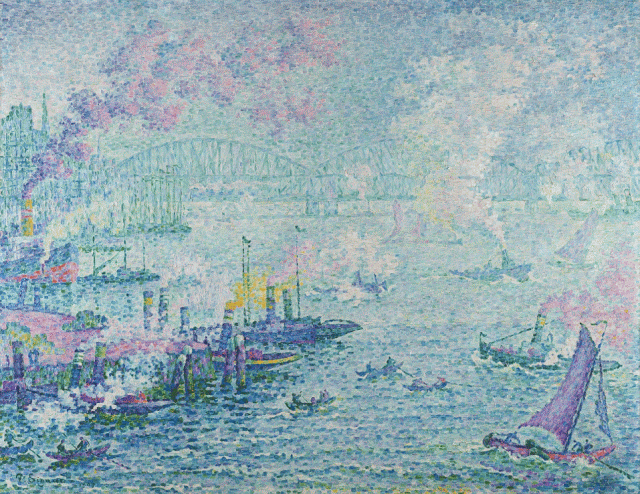Google's Gigapixel Camera Reveals Minute Details in Famous Works of Art

The beauty of the world's greatest works of art can be found in the tiniest details, from brush strokes to hidden signatures — like the miniscule dabs of paint that create the impression of light reflected on turbulent water in "The Port of Rotterdam" by Paul Signac.
The Google Cultural Institute recognized this and developed the Art Camera, a custom-built robotic camera that can produce ultra-high-resolution images. Capturing works of art in gigapixel images that contain more than 1 billion pixels can reveal details otherwise invisible to the naked eye.
Google announced yesterday (May 17) that, in celebration of International Museum Day, the company will be donating these Art Cameras to museums around the world. [Faux Real: A Gallery of Forgeries]
"Many of the works of our greatest artists are fragile and sensitive to light and humidity," Google representatives said in a blog post announcing the project. "With the Art Camera, museums can share these priceless works with the global public while ensuring they're preserved for future generations."
Steered via a robotic system, the camera moves from one small detail to the next. Laser and sonar help the camera focus on each brushstroke by measuring the artwork's distance using high-frequency sound. By taking hundreds of close-up, high-resolution images, Google's software pieces the images together to create a digital copy of the art.

The Google Cultural Institute — an initiative of the tech company that focuses on preserving and promoting culture online — scanned and archived 200 works of art in its first five years. With the introduction of the Art Camera, another 1,000 works have been added to the collection in just a few months, according to Google.
"The capture time has been reduced drastically," Marzia Niccolai, technical program manager at the Cultural Institute, told The Verge. "Previously, it could take almost a day to capture an image. To give you an idea, now if you have a 1 meter by 1 meter painting, it would take 30 minutes."
Get the world’s most fascinating discoveries delivered straight to your inbox.
Currently available on the Cultural Institute's website are digital recreations of paintings by Monet, Rembrandt, Van Gogh and many other well-known artists. As the Art Camera makes its way around the world, museums can add new works to the digital archive, Google reps said.
Follow Kacey Deamer @KaceyDeamer. Follow Live Science @livescience, on Facebook & Google+. Original article on Live Science.

